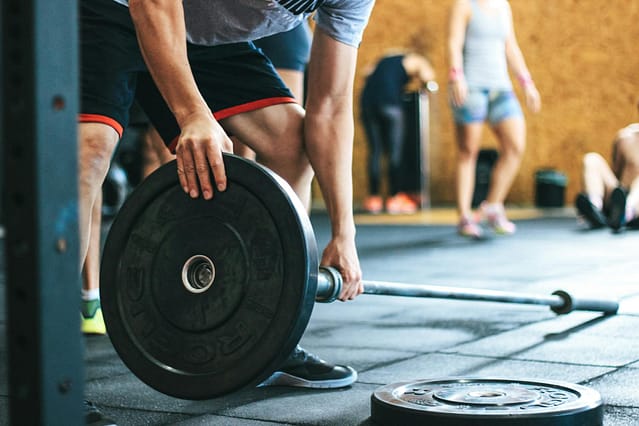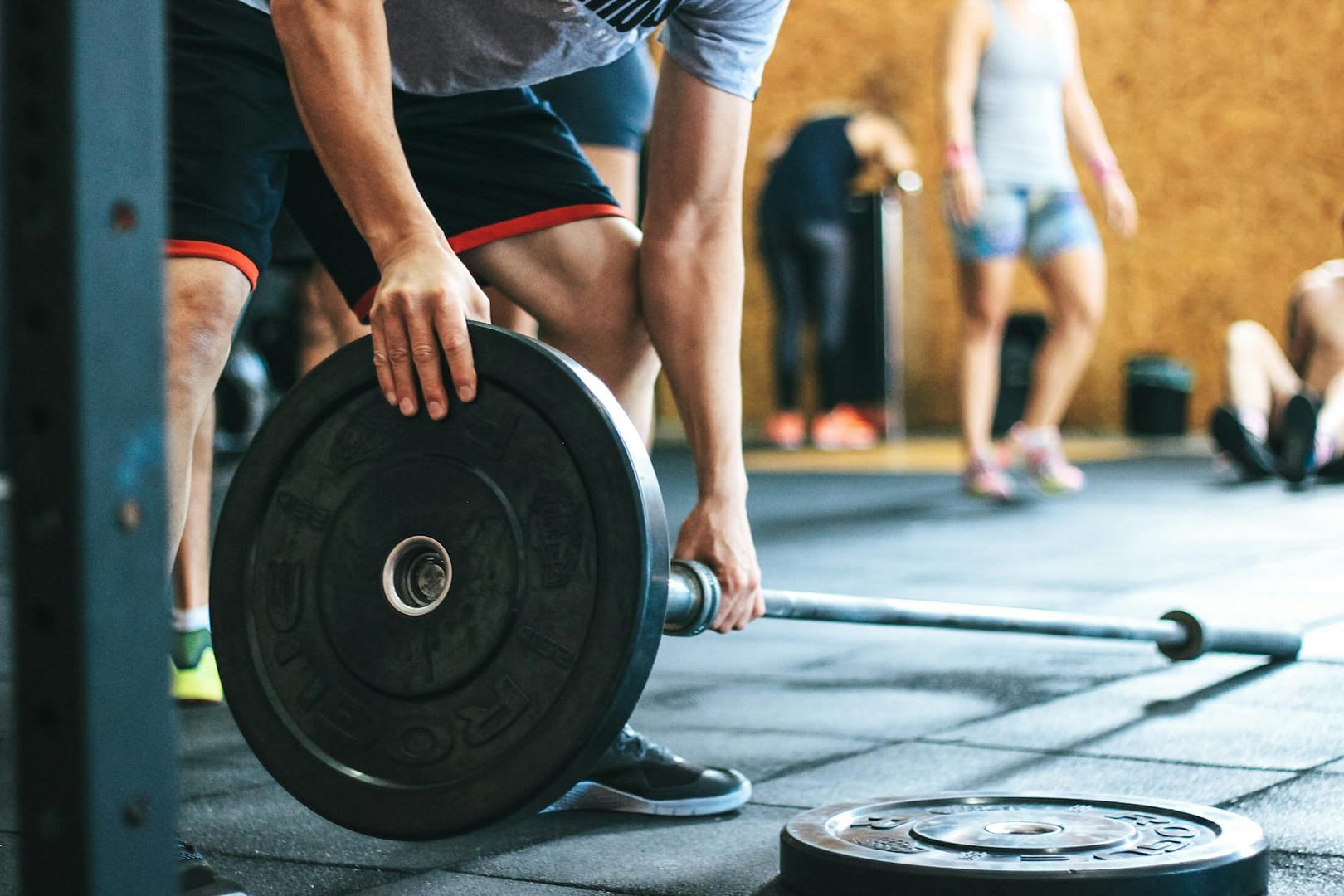Are you focusing on muscles when you should be thinking about your skeleton? Many of us hit the gym to tone our arms or strengthen our core, but overlook something equally vital—our bone health. As we age, our bones naturally lose density, making us more susceptible to fractures and postural issues. The good news? With the right exercises, you can actually strengthen your bones alongside your muscles.
Why Bone Health Matters Now (Not Later)
By the time most people start worrying about bone health, they’ve already lost significant bone mass. Here’s why a proactive approach matters:
- After age 30, we begin losing bone faster than we build it
- Women can lose up to 20% of their bone density in the 5-7 years following menopause
- Strong bones support better posture, balance, and overall mobility as we age
- Osteoporosis affects nearly 200 million people worldwide, but is largely preventable
The Bone-Building Trifecta: Balance, Flexibility, and Strength
Fitness experts have developed comprehensive approaches that addresses all three crucial elements of bone health:
1. Balance Exercises
Improving your balance doesn’t just prevent falls—it creates dynamic loading patterns that stimulate bone formation in your lower body and spine. Try these:
- Single-leg stands (progress to eyes closed for greater challenge)
- Heel-to-toe walking
- Yoga poses like Tree Pose and Warrior III
2. Flexibility Training
Flexible muscles and mobile joints create space for proper bone alignment and reduce stress on vulnerable areas:
- Gentle spinal twists
- Hip openers
- Shoulder mobility exercises
- Dynamic stretching before workouts
3. Strategic Strength Training
Weight-bearing exercise is the gold standard for bone health. The key is controlled resistance that challenges your bones without overwhelming them:
- Bodyweight squats and lunges
- Modified push-ups (progressing to full push-ups)
- Resistance band rows and presses
- Light dumbbell exercises (gradually increasing weight as you build strength)
Creating Your Bone-Building Routine
The most effective approach combines all three elements in a sustainable routine:
- Start with 5 minutes of balance work as a mindful warm-up
- Move through 10 minutes of dynamic flexibility exercises to prepare joints and muscles
- Perform 15-20 minutes of targeted strength training, focusing on proper form over heavy weights
- Cool down with gentle stretching to promote recovery
Beyond Exercise: The Holistic Approach
While exercise is crucial, bone health requires a comprehensive strategy:
- Nutrition: Ensure adequate calcium, vitamin D, magnesium, and vitamin K
- Hydration: Proper fluid intake supports the delivery of nutrients to bone tissue
- Rest: Allow 48 hours between strength sessions for the same muscle groups
- Consistency: Small, regular efforts yield better results than occasional intense workouts
Getting Started Today
Remember that bone strength develops gradually—just like muscle. Begin with exercises that match your current fitness level and gradually progress as your confidence grows. Even 10-15 minutes of targeted exercise several times per week can make a meaningful difference in your long-term bone health.
Have you incorporated bone-strengthening exercises into your fitness routine? Share your experience in the comments below!
Looking for more guidance? Look for comprehensive bone health courses accessible to you, find the ones that offer step-by-step instruction on proper form and progressive exercise programming.




